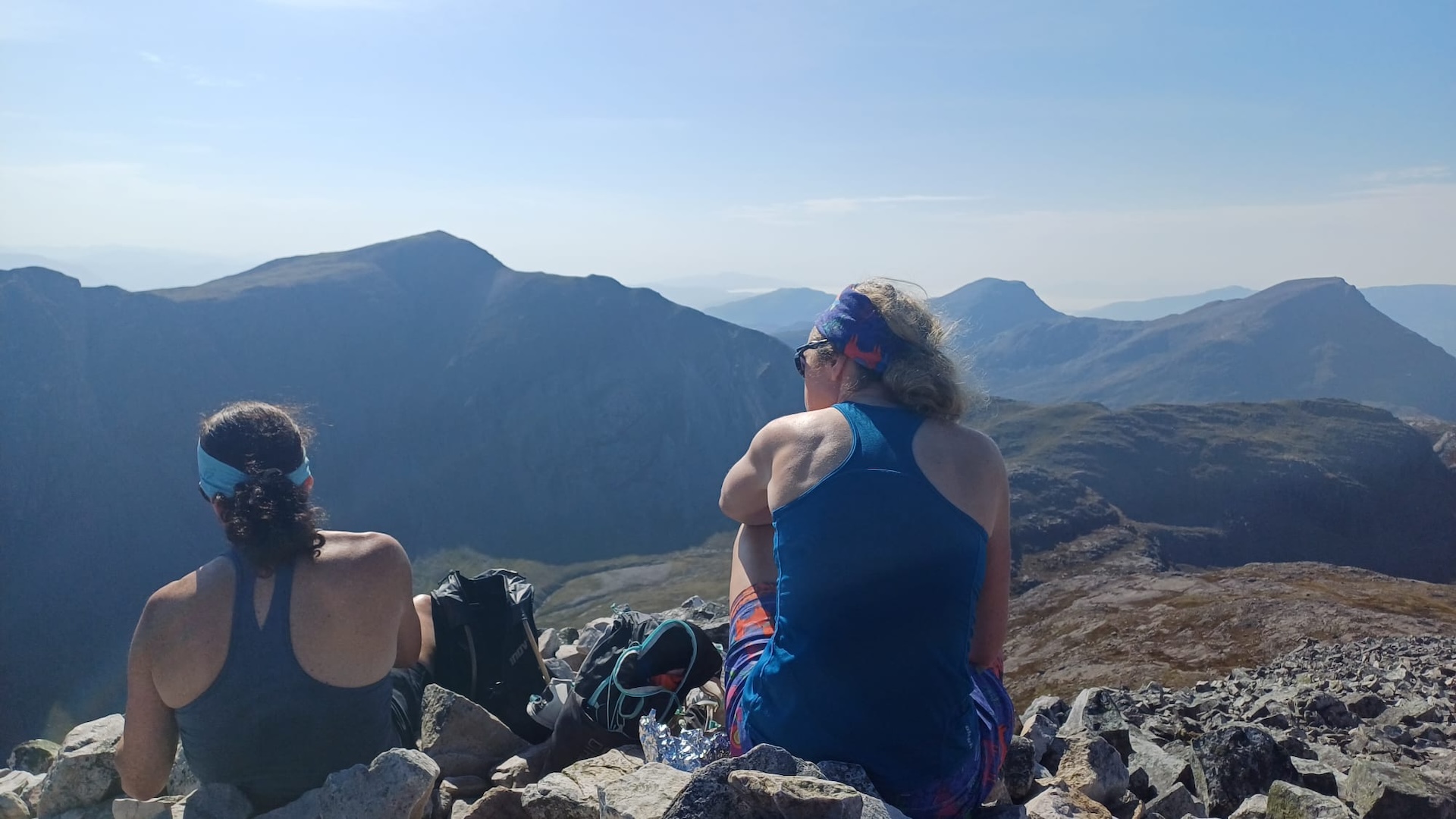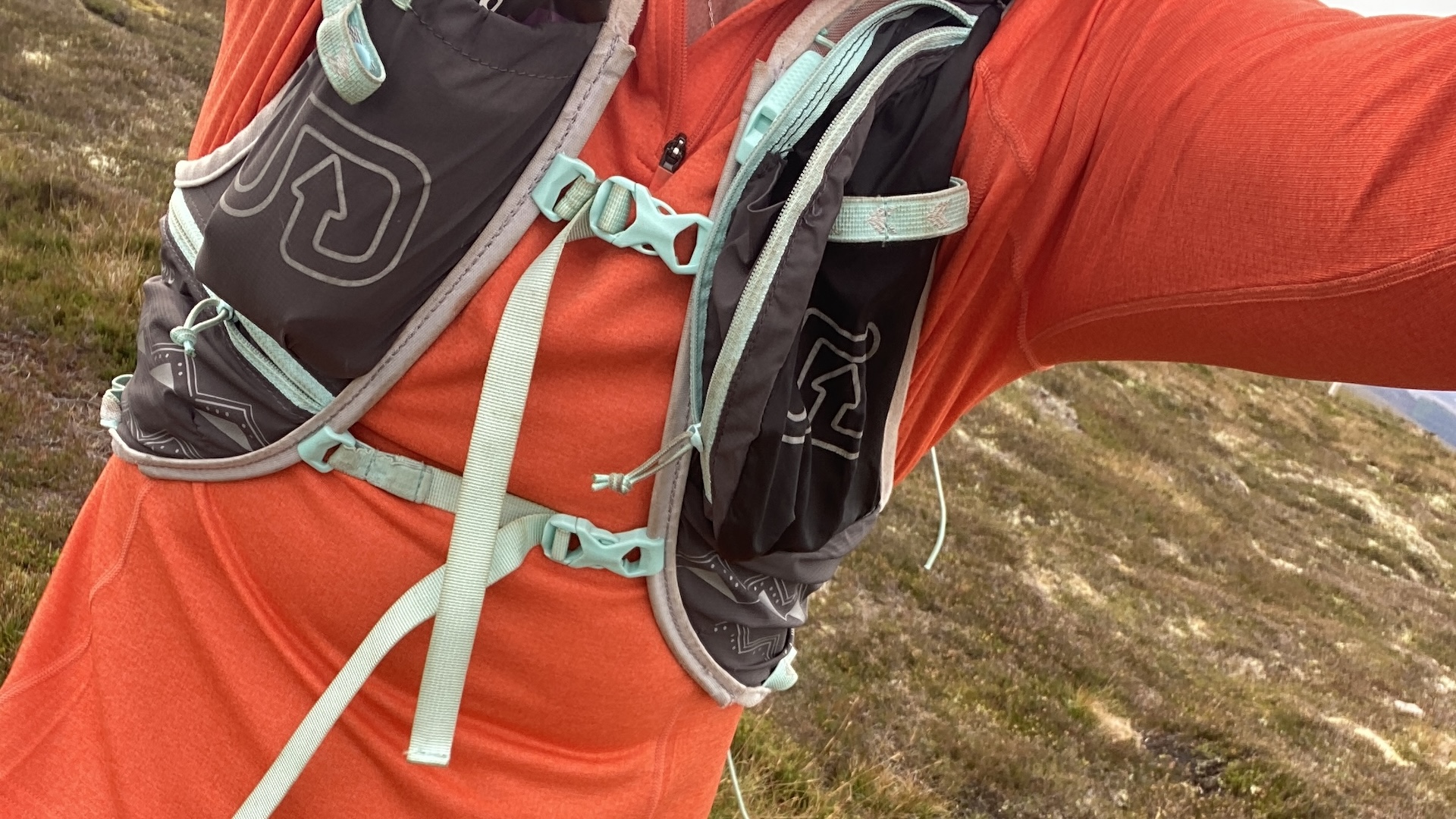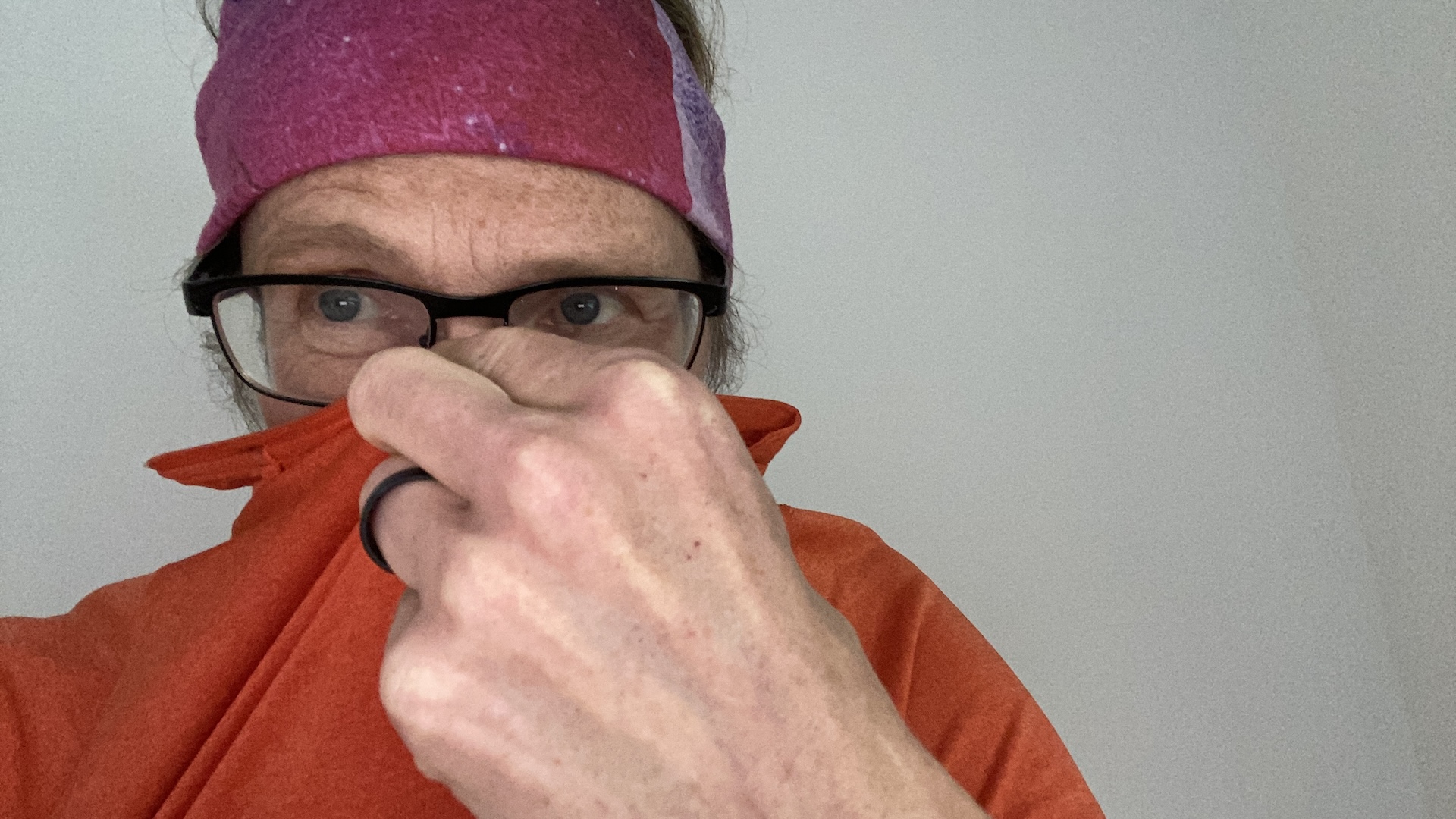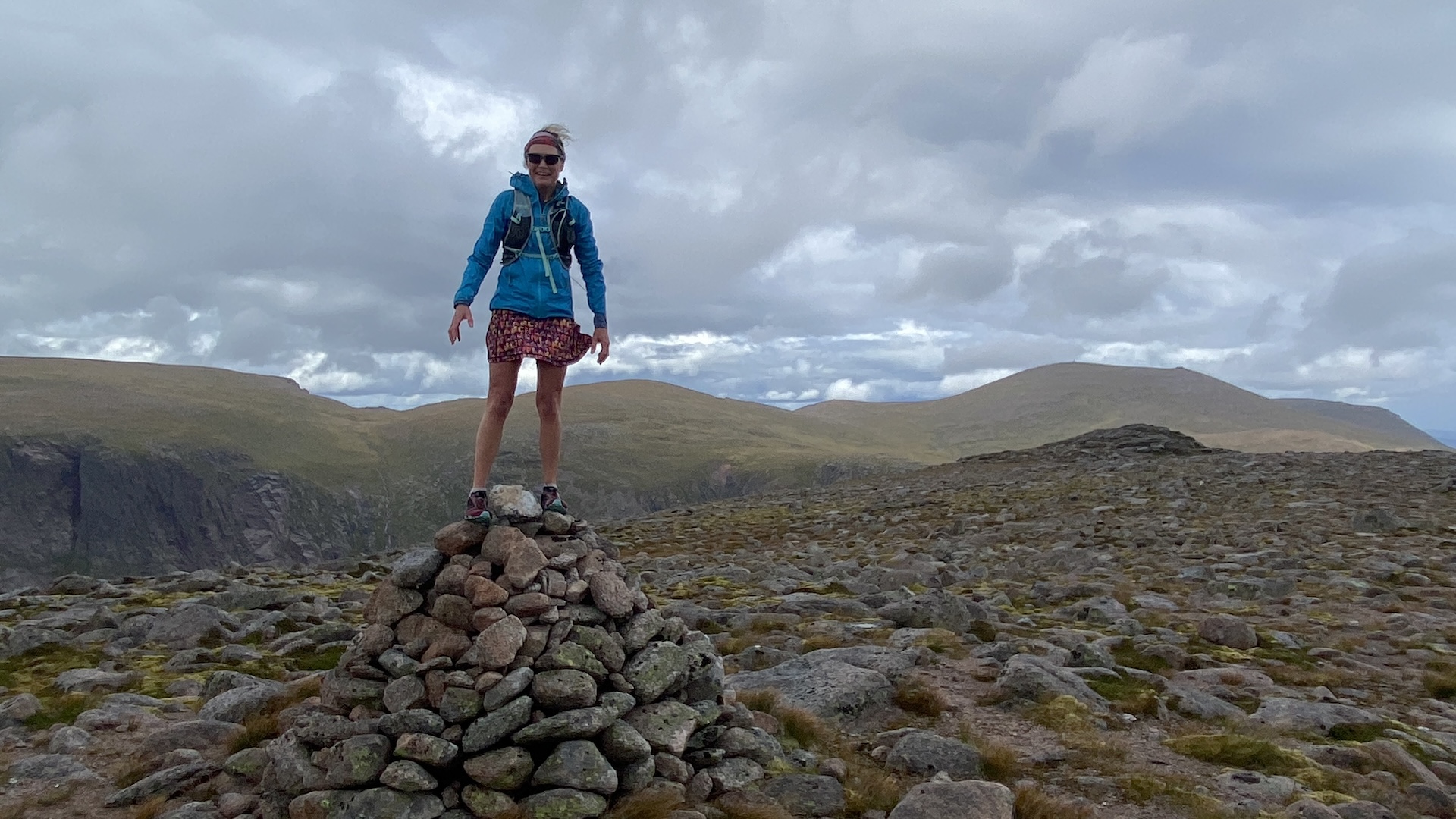
Body odor is often an issue for people who like to hike, run and spend time outdoors. We all sweat, to a greater or lesser degree, and when the perspiration dries into clothing, such as base layers, it can create a bad smell.
Polygiene is one suggested line of defense to prevent the whiff of sweaty clothing. Other people swear by natural fabrics, such as Merino wool, to keep the whiff at bay, but we are focusing on Polygiene technology.
What is Polygiene technology?
Polygiene is the creation of a Swedish company of the same name. The technology is based on silver salt, or silver chloride, and applied to the fabric’s surface at the finishing stages of manufacture of a garment, such as a synthetic base layer.
When added to clothing or sports kit, Polygiene is said to “inhibit and guard against the growth of odors from microbes such as bacteria, fungus and mildew”.
To find out if Polygiene can work to reduce odor, I have fully tested the Montane women's long-sleeved Dart zip-neck shirt. I will also discuss a few other clothing items that I own with Polygiene.

How long was it before the Montane Dart zip-neck top started to smell?
The long-sleeved top fits neatly and is very easy to wear. The 100% recycled polyester fabric called Apex is lightweight, feels good against the skin and it is fairly quick drying.
In the interests of the test, I wore the top for extended periods and day after day. Test 1 was conducted over four days:
- Ran a 21km hilly trail route
- Mowed the lawn – 3.5km in 1 hour 30 minutes
- Weeding and gardening – 3 hours
- Brisk evening walk of 7km
- 8km trail run
- 12k run session including many hill reps
I did a “sniff test” after each activity and I concluded that on each occasion the top was not smelly enough to go in the laundry. In between the exercise sessions, I aired the top by hanging up indoors.
After the final running session, I thought the top might be almost ready to be washed but I gave it one last chance. I left it on the back of a chair overnight and when I returned to it the next day, I knew it wouldn’t be fair to my friends if I wore it again. The smell wasn’t so much "acute body odor" but rather it whiffed of damp mustiness.
If I had been spending time on my own, perhaps on a multi-day backpacking adventure, I think I would have worn it again but I worried my running companions would think I was a bit smelly.
Four days of different activity sessions seems like a good innings for a synthetic top because many of my other polyester sports tops have a horrid underarm sweat smell after just one wear.
On another occasion, I decided to wear the Montane Dart top for longer but more general daily life. I can suffer with sweaty armpits when going about my usual life, from driving to sitting at my desk in a warm room to visiting the supermarket.
I might normally wear a top for a couple of days but with the Montane top that has been treated with Polygiene I found I could happily wear it for four to five days. I did the sniff test each morning to ensure if wasn’t too smelly and I was really surprised to find it had stayed on the pleasant side of bad odor.
It was only when I then decided to wear the top for a walk of a few hours in fairly humid conditions that I decided, at the end, that it was time to give it a wash.

My final test was the toughest for the top. I wanted to see how well it performed when it was worn for a long and sweaty run and then left crumpled in a running pack. I often start a run wearing a long-sleeved top and then discard it half-way through because I am too warm. The top gets stuffed in my pack and I might pull it on again if I stop during the run or head to a higher and chillier altitude.
I might also stuff the top back in the backpack and then put it on again at the end of the run.
I followed this process for three runs of between 10km and 20km. I also left the top in the pack for many hours during the exercise sessions and for hours afterwards. A couple of times, I removed the top to give it an airing but I decided to keep it as crumpled as possible.
By doing this, I found the top became much more smelly. The Polygiene didn’t cope well with being damp and left in my hydration pack. After a couple of runs, the smell was quite pungent and after the third outing, the odor was unpleasant.
Washing the product in between these tests did not seem to affect the Polygiene treatment.
So, in my experience and compared to other synthetic tops that are not treated with Polygiene, the results were good.

Further thoughts on Polygiene and sports tops
I have worn merino tops for much longer than a few days and I do find that natural wools are very good at repelling odor. Sadly, I can’t wear merino against my skin because it makes me itchy.
I have also owned a few other Polygiene-treated tops in recent years. One other top, the Montane women’s Dart Nano t-shirt did not offer such good “non-whiff” results. It’s made by the same company as the Dart long-sleeve top but in a Lite Eco Apex fabric.
The underarms of the Nano t-shirt became smelly after only one sweaty run, although the rest of the top remained whiff-free.
Meanwhile, an Alpkit Koulin Trail Vest top, which came to me second-hand and which I have worn and washed numerous times, manages to remain odor-free even after multiple days of wear.
I appreciate that the area that usually ends up being the most smelly is the underarms and the vest top doesn’t have so much fabric in the armpits but, even so, the vest is very impressive at repelling body odor.
So does Polygiene work?
I think Polygiene is a great technology on the whole, which does seem to work well. In my tests, the treatment was good at fighting the smell created by sweat bacteria. It's not so good at odors created by being left in a damp place.
The exception in my experience has been the Montane Nano made of Lite Eco Apex fabric. I am not sure why the treatment failed in the underarms. I wonder if, after many washes over a number of years, the usefulness of the treatment fades – though Polygiene claim that "because it's integral to the textile" the treatment "lasts for the lifetime of most products".
It should be noted, of course, that this was not a large sample size, and it is not based on scientific nor laboratory conditions. This is just what I have discovered while using Polygiene.







